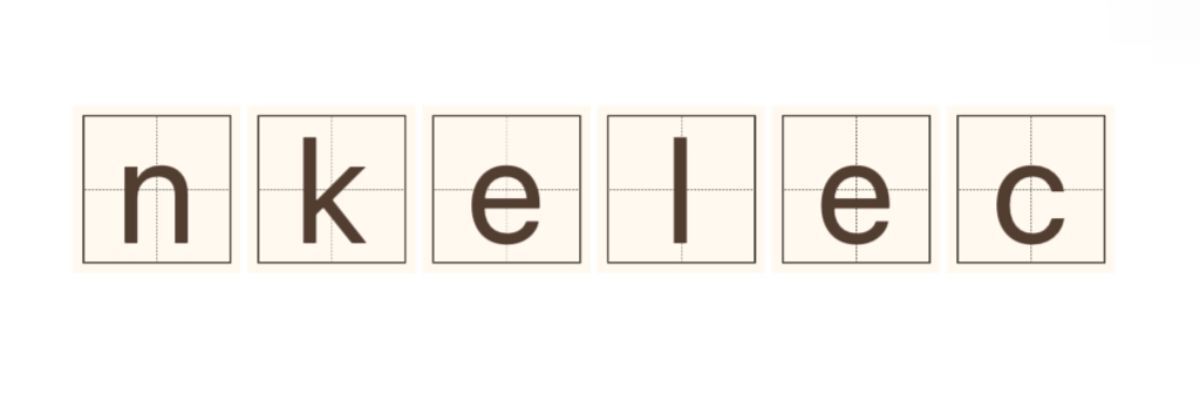gps and gnss difference
Feb. 18, 2025
What is the difference between GPS and GNSS?
GPS and GNSS are terms often used interchangeably, but they refer to different systems. To understand the gps and gnss difference, let's explore each concept further.
Want more information on gps and gnss difference? Feel free to contact us.
1. What does GPS stand for?
GPS stands for Global Positioning System. It is a satellite-based navigation system developed by the United States Department of Defense. It provides precise location and time information anywhere in the world, as long as there is a line of sight to four or more GPS satellites.
2. What does GNSS stand for?
GNSS stands for Global Navigation Satellite System. This term encompasses not only GPS but also other satellite navigation systems around the world, such as GLONASS (Russia), Galileo (European Union), and BeiDou (China). Essentially, GNSS refers to any system that uses satellites to provide geolocation and time information globally or in a specific region.
3. What is the gps and gnss difference?
The primary gps and gnss difference lies in their scope:
- Coverage: GPS is a specific system that offers global coverage, while GNSS includes multiple satellite systems that can complement or enhance the location services GPS provides.
- Number of Satellites: GPS operates using a constellation of 24 satellites, while GNSS can utilize multiple satellite systems, leading to improved accuracy and reliability as more satellites can be accessed for positioning.
- Development and Management: GPS is managed by the United States government, whereas GNSS comprises various systems developed and maintained by different countries or organizations.
- Accuracy and Reliability: Due to the increased number of satellites in GNSS, users can often achieve higher precision in their location readings compared to using GPS alone.
4. How do GPS and GNSS work?
Both GPS and GNSS rely on a network of satellites that orbit the Earth and transmit signals to receivers on the ground. Here's a simplified breakdown of how they function:
- Satellites continuously send out signals that contain their location and the precise time the signal was transmitted.
- A GPS or GNSS receiver calculates its distance from each satellite based on how long it took for the signals to arrive.
- Using signals from at least four satellites, the receiver can triangulate its exact position (latitude, longitude, and altitude) on the Earth's surface.
5. Where are GPS and GNSS used?
GPS and GNSS have a wide range of applications, including:
- Navigation: Commonly used in vehicles, airplanes, and ships to determine routes and enhance safety.
- Mapping: Essential for creating accurate maps and collected geographical data.
- Surveying: Used in land surveying to achieve high precision in measuring land areas and determining property boundaries.
- Timing: Used in various fields, including telecommunications and financial systems, to synchronize operations.
- Tracking: Vital for tracking the location of goods, people, and animals in real-time.
Conclusion
In summary, understanding the gps and gnss difference is crucial for recognizing how satellite systems function and their various applications in everyday life. GPS represents one of the most widely recognized satellite navigation systems, while GNSS encompasses a broader range of satellite networks that offer enhanced positioning capabilities.
If you are looking for more details, kindly visit mide china.
43
0
0

Comments
All Comments (0)